Other
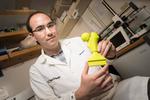
“A team of engineers and pediatric orthopedic surgeons are using 3D printing to help train surgeons and shorten surgeries for the most common hip disorder found in children ages 9 to 16. In a recent study, researchers showed that allowing …
News ‘Near-zero-power’ temperature sensor could make wearables, smart home devices less power-hungry

“Electrical engineers at the University of California San Diego have developed a temperature sensor that runs on only 113 picowatts of power — 628 times lower power than the state of the art and about 10 billion times smaller than a …
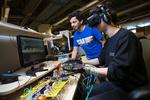
“Engineers at UC San Diego are using soft robotics technology to make light, flexible gloves that allow users to feel tactile feedback when they interact with virtual reality environments. The researchers used the gloves to realistically simulate the tactile feeling …
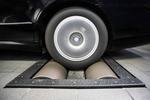
“An international team of researchers has uncovered the mechanism that allowed Volkswagen to circumvent U.S. and European emission tests over at least six years before the Environmental Protection Agency put the company on notice in 2015 for violating the …

“Engineers at the University of California San Diego have developed the first soft robot that is capable of walking on rough surfaces, such as sand and pebbles. The 3D-printed, four-legged robot can climb over obstacles and walk on different terrains …
News ‘Neuron-reading’ Nanowires Could Accelerate Development of Drugs to Treat Neurological Diseases
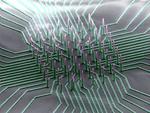
“A team led by engineers at the University of California San Diego has developed nanowires that can record the electrical activity of neurons in fine detail. The new nanowire technology could one day serve as a platform to screen drugs …
“Engineers at the University of California San Diego have fabricated the first semiconductor-free, optically-controlled microelectronic device. Using metamaterials, engineers were able to build a microscale device that shows a 1,000 percent increase in conductivity when activated by low voltage …
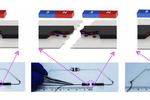
“A team of engineers at the University of California San Diego has developed a magnetic ink that can be used to make self-healing batteries, electrochemical sensors and wearable, textile-based electrical circuits. The key ingredient for the ink is microparticles oriented …
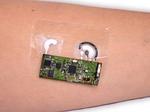
“Had one too many to drink and need to know if you’re OK to drive home? You might one day be able to stick an electronic tattoo on your arm to tell you. Researchers have made a disposable tattoo-based …

“A team led by engineers at the University of California, San Diego has 3D-printed a tissue that closely mimics the human liver’s sophisticated structure and function. The new model could be used for patient-specific drug screening and disease modeling …

“Nanoengineers at the University of California, San Diego used an innovative 3D printing technology they developed to manufacture multipurpose fish-shaped microrobots — called microfish — that swim around efficiently in liquids, are chemically powered by hydrogen peroxide and magnetically controlled. These proof-of-concept …

“Engineers at Harvard University and the University of California, San Diego, have created the first robot with a 3D-printed body that transitions from a rigid core to a soft exterior. The robot is capable of more than 30 untethered jumps …

“Electrical engineers have broken key barriers that limit the distance information can travel in fiber optic cables and still be accurately deciphered by a receiver. Photonics researchers at the University of California, San Diego have increased the maximum power - and …
